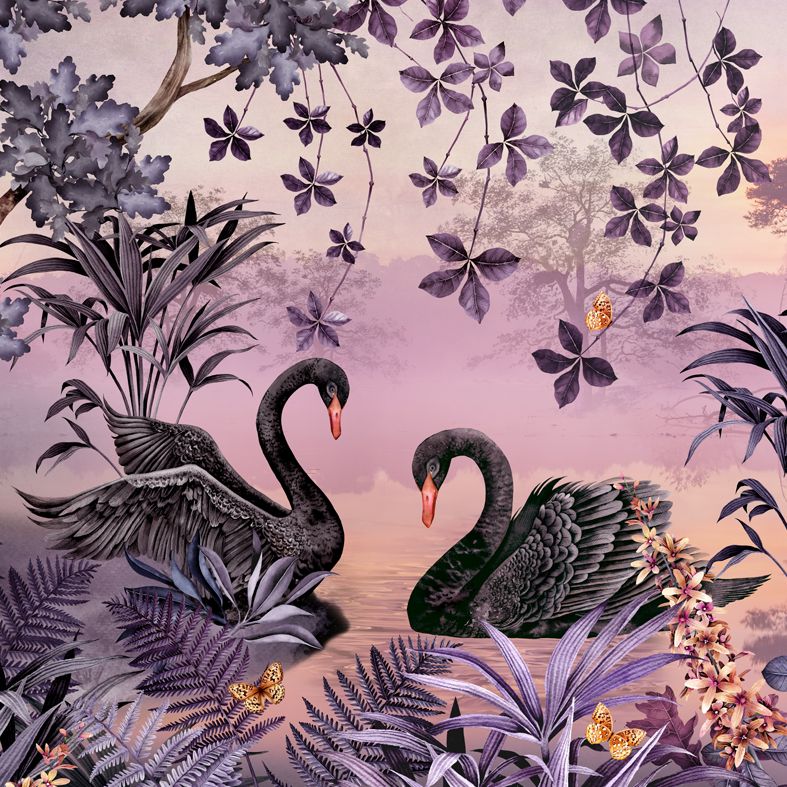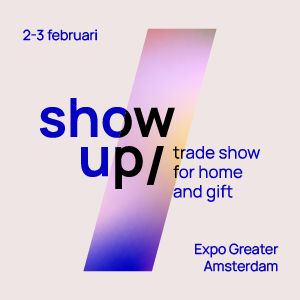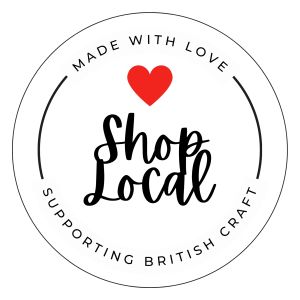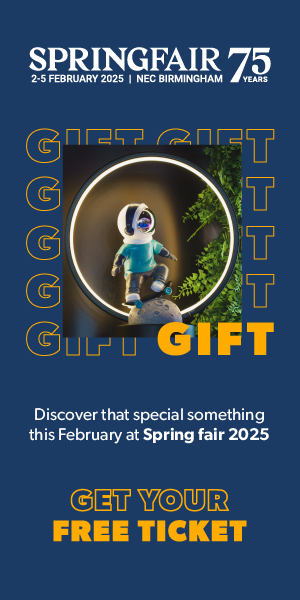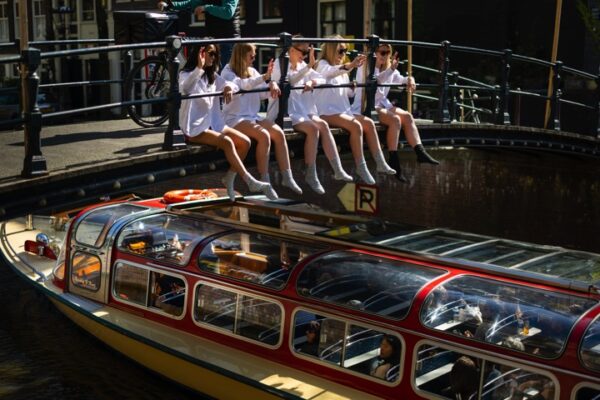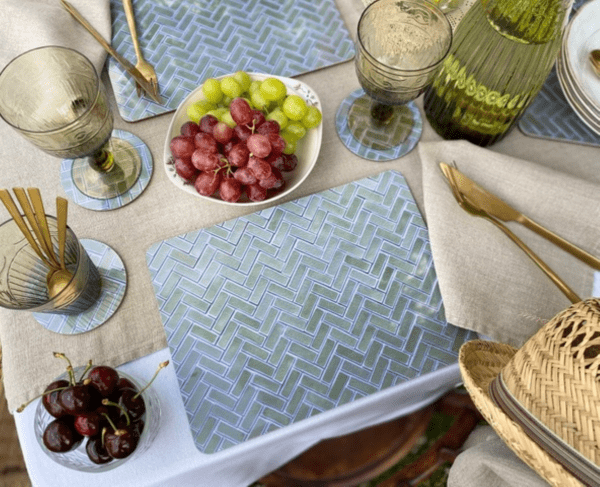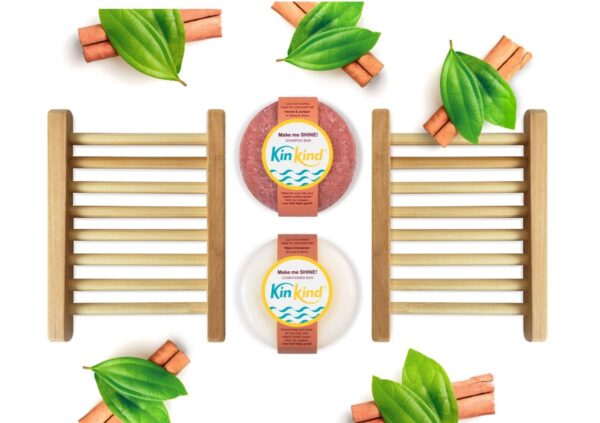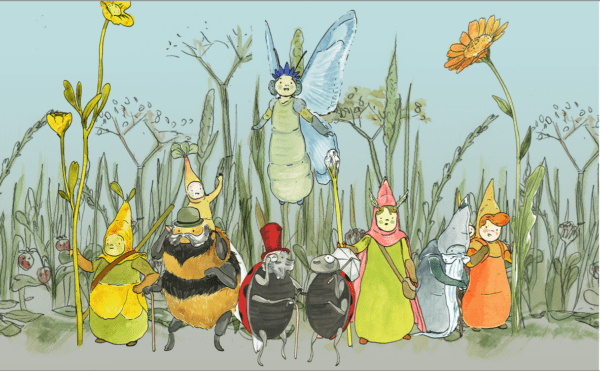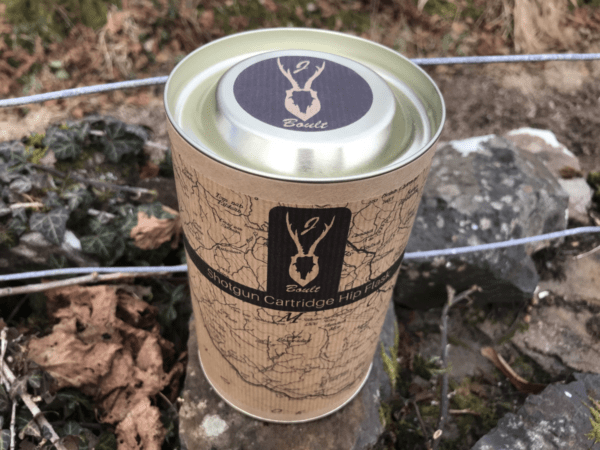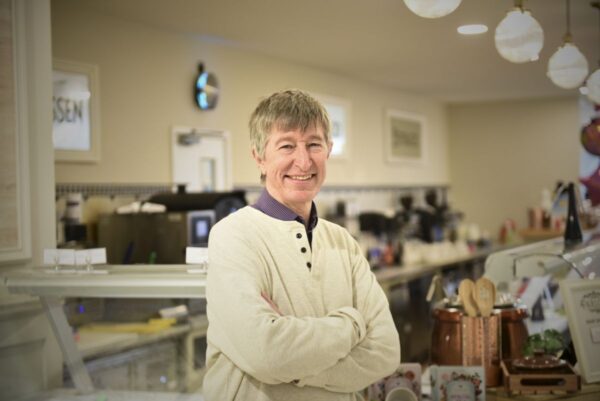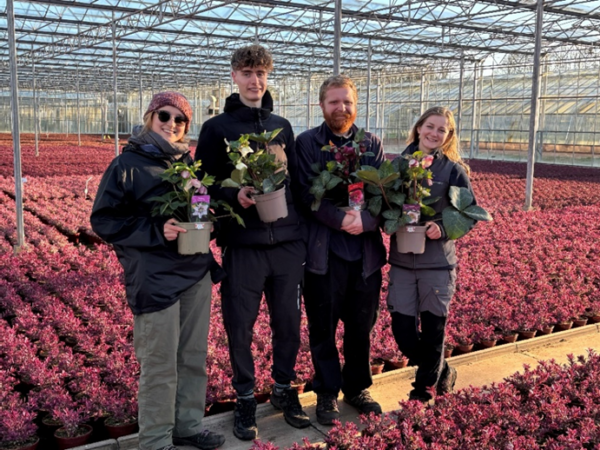With Dutch Design Week starting this weekend there are countless interesting and innovative projects that await visitors, with a strong sustainable theme running throughout. From speculative designs to real solutions to the problem of the plastic soup, designers are reusing plastic waste or looking at plastic as a new mineral.

Leonne Cuppen: Rethinking Plastic © Anne Sophie Flores
‘Rethinking Plastic’ is an exhibition created by Leonne Cuppen of Yksi Expo, the Dutch Design Foundation, World Design Embassy and Searious Business that shows products and projects by designers and brands around the globe that are approaching the plastic crisis as a design challenge. More than 25 designers and companies have tackled the status quo on plastics and the innovative results range from bio-based packaging alternatives to recycled plastic toys and design furniture. Both the co-curators and participants aim to show that with creativity and courage, it’s possible to rethink our relationship with plastic entirely.

Kenneth Arnold: Waterside Gobblers
Situated along urban canals and rivers, where plastic debris naturally collects, the Waterside Gobblers remove passing plastic rubbish from the water with their jaw clamps and turn this urgent activity into a fun and inspiring game. The goal of this project by RCA graduate Kenneth Arnold is to activate people around the issue of plastic pollution and to reduce what travels downstream into rivers, oceans and the wider ecosystem. Gobblers can take on the form of different creatures that inhabit the environment such as fish, amphibians, or birds – the idea is that Gobblers should adapt to their local communities.

Chloe Severien: Infinite Re-usable Knitwear
‘Infinite Re-usable Knitwear’ is Chloe Severien’s knitted collection made out of recycled plastic (PET) from car tires that aims to reduce the fashion industry’s ecological footprint. “This yarn is super strong, colorful and shiny,” she says. What’s more, it can be reused endlessly as it can be unravelled to knit a new piece. Severin is the first designer (that we know of) to knit with this material using a knitting machine, and the results are much more comfortable than you might expect. Infinite Re-usable Knitwear has been nominated for the Manifestations Young Talent Award and has already won the Drempelprijs – an incentive prize of 5,000 euros from the municipality of Rotterdam in collaboration with the Design Academy Eindhoven.
Circularity and Bio-Design: The need for a bio-based circular economy is becoming increasingly apparent. Designers are starting to find solutions for the mounds of bio waste produced in the world, and using organic materials, such as mycelium, algae, leaves, blood, or apple peel, to make new products.

‘The Growing Pavilion’ shows the possibilities, and above all, the enormous beauty of bio-based materials. The use of organic or grown materials is an important solution for reducing plastic (waste), preventing subsidence and sea level rise, capturing carbon dioxide and reusing waste by-products from agriculture. Driven by a strong necessity and the need to stimulate a new way of thinking, Company New Heroes and the Dutch Design Foundation, along with partners from the world of design, architecture, construction, government and education, have created an iconic structure that consists entirely of bio-based materials sourced as locally as possible. The Growing Pavilion is an ode to the beauty of bio-based materials, especially mycelium – tiny fungal threads that produce mushrooms and grow on waste – that when rendered inactive, creates an extremely light and very strong material that can be used in architecture and doesn’t absorb moisture. Atelier Tom Veeger will present a pavilion made out of mycelium.

With over two million cows the Netherlands has a serious problem of excess dung. Studio Carbon and Lindey Cafsia Studio present ‘DUNGse’: a project to use this dung to build a circular future. Dung can be used to make floors, absorb radiation or turned into mobile phone holders, home incense and sound-absorbing wall tiles. At DDW the pair will show an experiential kiosk where visitors can come feel, smell, test and experience a dung-centric future.

Daniëlle Ooms, an Eindhoven University of Technology graduate, is interested in the future of materials and fashion. She has made a biodegradable, apple-based material that is similar to leather but doesn’t have the same harmful impact on nature. This work has been nominated for the Manifestations Young Talent Award.

Four designers from the Royal College of Art explored ways of transforming ‘Red Mud’ – a secondary industrial residue – into functional and familiar forms. Working closely with factories across Europe, material scientists and ceramicists, they made a series of surprising tableware pieces and structural elements that hint to the potential of this material. Red Mud, also known as Bauxite Residue, is a byproduct of refining bauxite ore into alumina, a precursor of aluminium. It is made mostly of iron oxide, lending it a vibrant colour. And there is a colossal amount of it: roughly 2.5 times the amount of Red Mud is made for each part of aluminium (that’s upwards of 150 million tonnes of Red Mud produced every year). Currently this residue is left unused in giant pits around the world and the environmental impact is huge. The designers worked closely with KU Leuven and Imperial College London to explore the potential of the material both as a ceramic and as a building material. They developed their own clay bodies, slips, glazes, and concretes, all made with the material.


